Flowering, fruiting, new growth and tree falls are among some of the interesting events that can be witnessed throughout the year. Depending on where you are, February in the forest might delight you with some of the following:
|
The many different epiphytes, mistletoes and vines in New Zealand means that there is always something interesting to find on tree trunks or in the canopy of our forests. Flowering, fruiting, new growth and tree falls are among some of the interesting events that can be witnessed throughout the year. Depending on where you are, February in the forest might delight you with some of the following: So make sure you get into your patch of forest in February to enjoy your local natural events!
0 Comments
Two of the five Muehlenbeckia species in New Zealand are woody vines: pōhuehue (M. australis) and smalled-leaved pōhuehue (M. complexa). The other species predominantly creep along the ground, not reaching significant heights. These two vine species play an important role as "nature's band-aid*". Like many vines, they grow in open and disturbed places such as forest edges, young scrubland, landslide scars and cliff tops. Pōhuehue in particular can grow very densely in these high-light environments and effectively stabilise soil, buffer temperature and humidity, and capture energy in the area. These characteristics act like a "band-aid" by preventing further disturbance (e.g. further soil loss after a landslide) and creating conditions in which other species can establish. *Quote from ecologist Catherine Beard Muehlenbeckia species are often the only native species remaining in highly-modified landscapes and provide important habitat for diverse insect populations (QEII National Trust). They produce shiny black seeds within sweet white flesh that is thought to be a food source for insects and lizards. An interesting situation arises when pōhuehue establishes on the edges of restoration plantings or valuable crops and the ecological values of these species have to be weighed against the competitive nature of their dense growth form. The result is that these species are often treated as weeds and removed.
|
Subscribe to NZ Epiphyte Blog:Like us on Facebook!
Catherine KirbyI work with NZ's native vascular epiphytes at the University of Waikato. I completed an MSc on epiphyte ecology and the shrub epiphyte Griselinia lucida and have recently published the Field Guide to NZ's Epiphytes, Vines & Mistletoes. Categories
All
Archives
August 2016
|
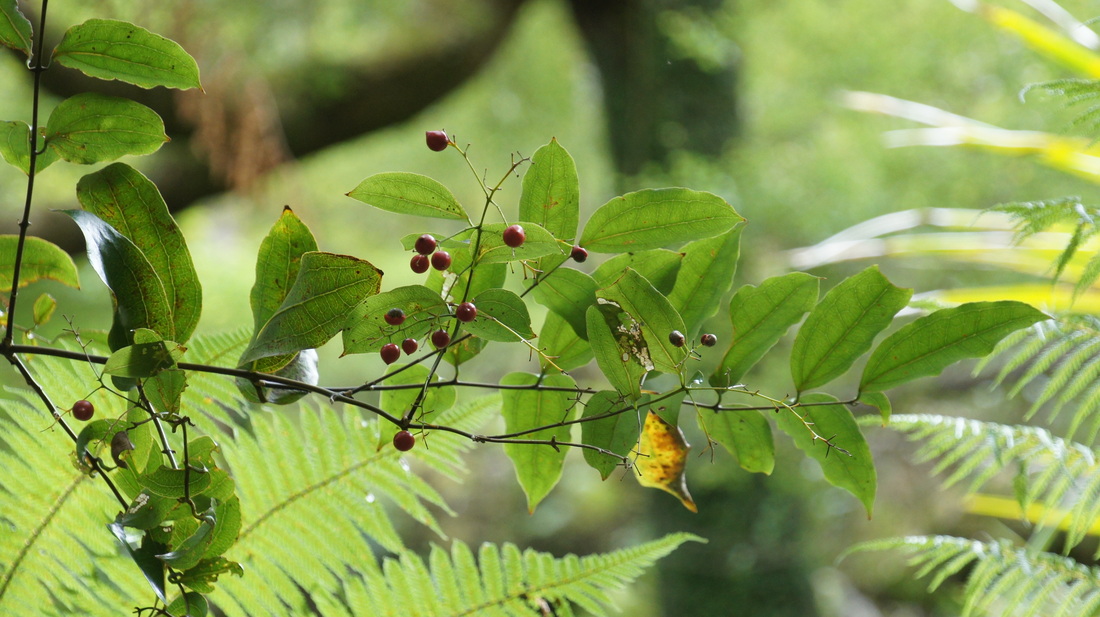
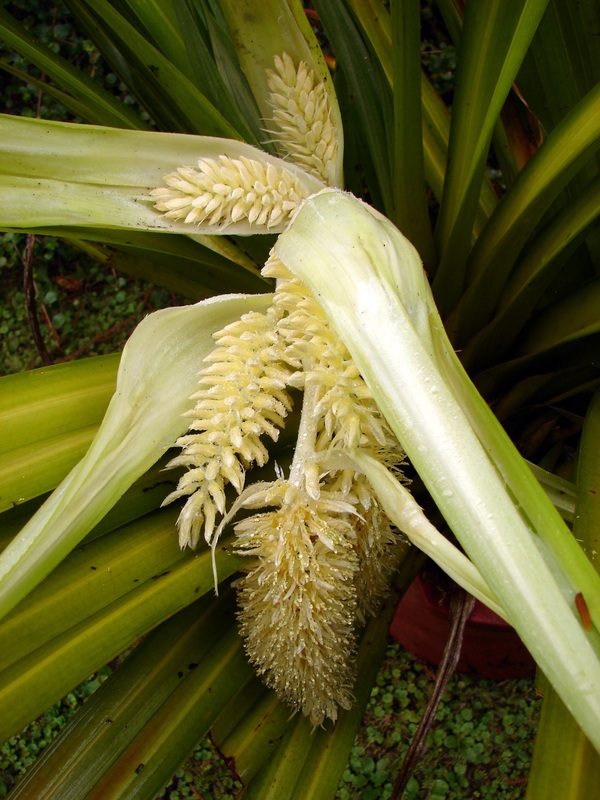
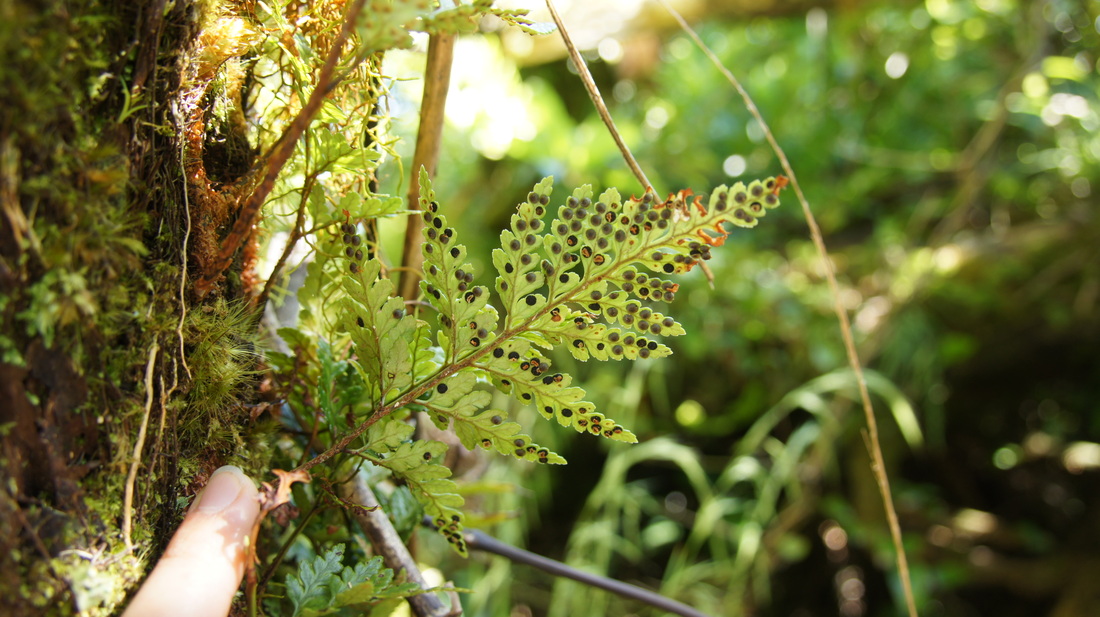
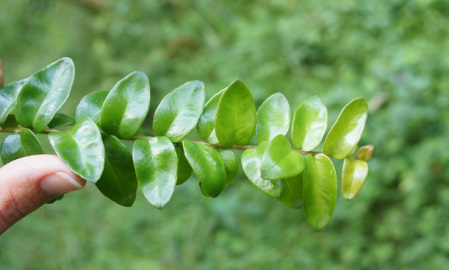
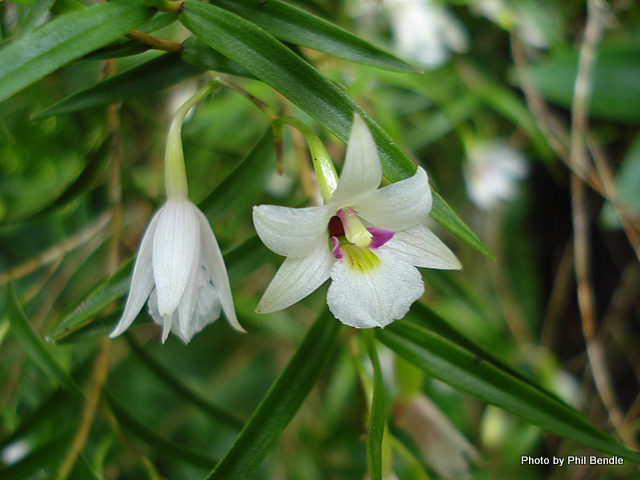
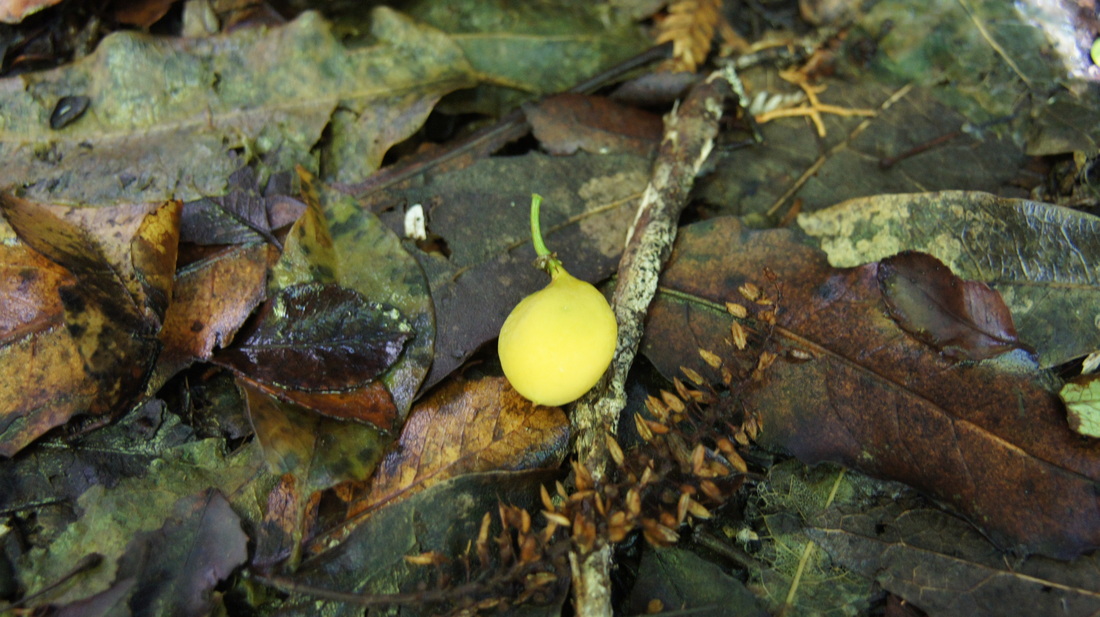
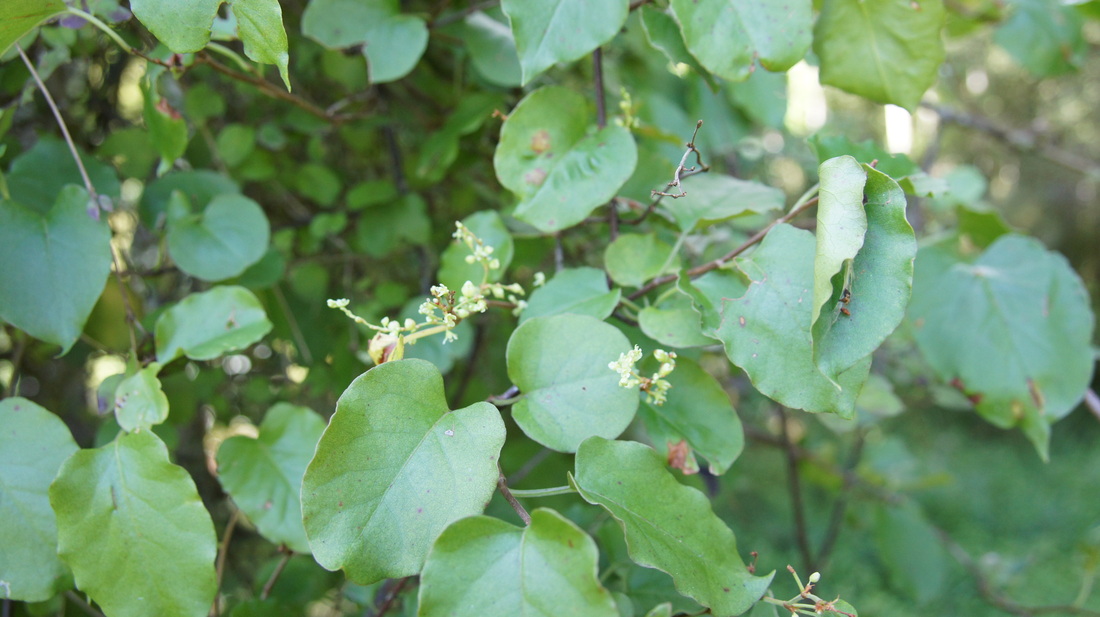
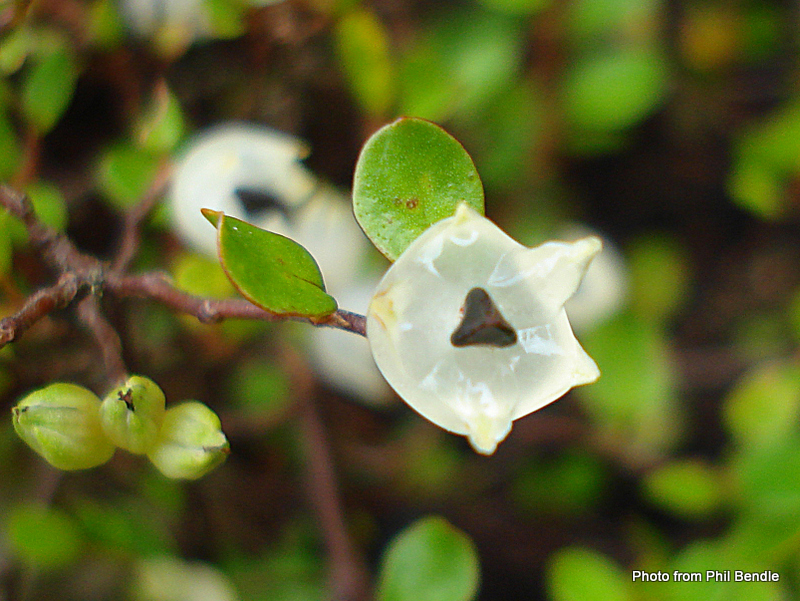
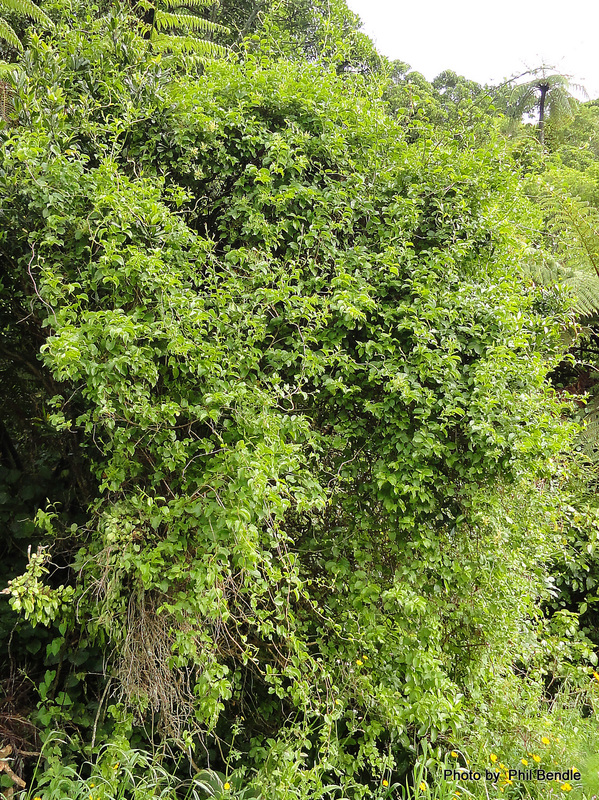

 RSS Feed
RSS Feed
